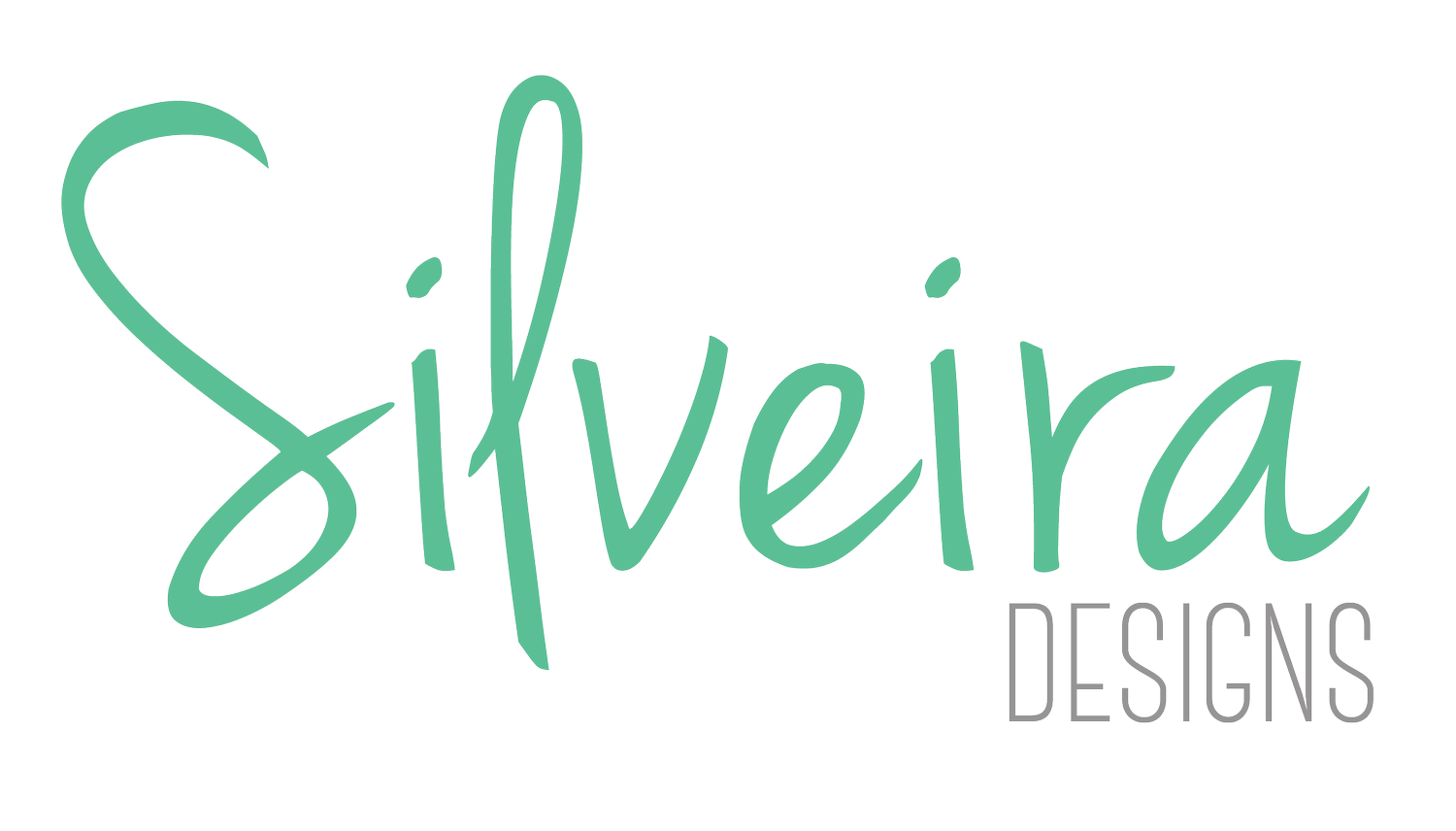3 Different Types of Alignment to Improve Your Designs
Alignment Part 1: What is it?
Why is it that some designs feel visually pleasing and organized, while others feel chaotic and cluttered?
It all comes down to alignment.
The definition of alignment: The intentional arrangement of elements on a page or screen to create a sense of order, balance, and hierarchy.
Basically: Placing things in a specific way to make it look nice and easy to read.
Think of it as the invisible framework that holds your design together.
The invisible map to guide you to where you need to go.
And sometimes, the very visually numbered items tell you what to read first, second, and third.
But don’t you worry - I’m here with some simple tips on how can you implement this visually pleasing trick into your next design.
Here are 3 different types of alignment to improve your designs:
Left, right, center, or justified alignment for text.
These three are the foundation of alignment.
They help create easy-to-read blocks of text and each has its purpose and evokes its own emotion.
Left is the most commonly used and provides a natural reading order from left to right.
Right alignment can help compliment your design based on the layout by highlighting specific text elements or creating visual interest. (Tip: Use it sparingly as it creates an unusual visual flow and is harder to read for Western languages as it interrupts the natural left-to-right reading flow.)
Center alignment. Think wedding invitations, less type-heavy situations.
This one can be tricky – use it sparingly as well.
Oftentimes people like how middle-aligned text looks, but in all honesty, it’s harder to read and people can get lost in moving to the next line.
Top, bottom, or center alignment for images and other elements.
This helps visually balance your design.
Using images or graphic elements in your design, you can use them as blocks, just as you do your text, to help them fit within your piece.
Think of how newsletters and websites often have large banners along the top, followed by aligned text underneath in 2-3 columns.
Like white space, images and other elements can help break up the text and provide breathing room to your design.
Grid-based.
This creates a structured and organized layout.
Think newspapers and magazines.
These grid-based structures help text stay neatly aligned in columns, and guide the reader on where to go next.
These can also be great for text-heavy menus or concert showings with multiple artists and times..
Depending on which type you choose, always keep your audience in mind.
Who is your viewer? Where do they live? What is the purpose of this design?
Answering those questions will help guide you in how to strategically place your elements to produce effortless alignment within your design.
Looking for some extra assistance in your design?



